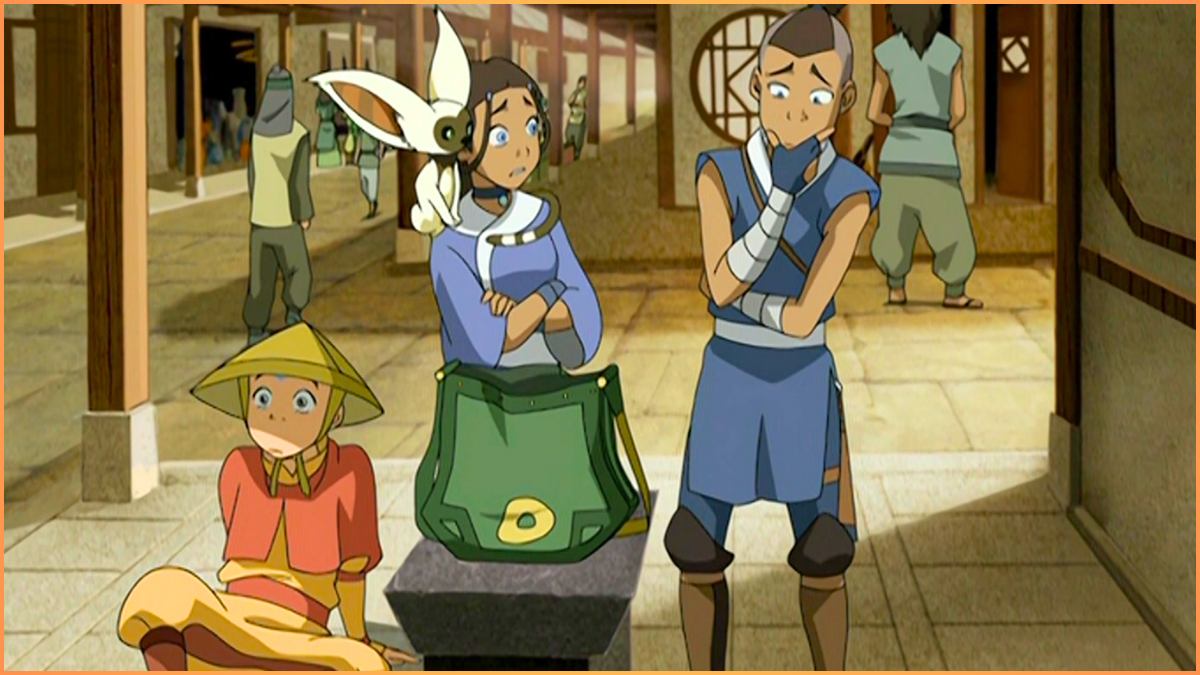
Advertisement
The age-old debate of whether “Avatar: The Last Airbender” is an anime or a cartoon has persisted since the show’s premiere in 2005. While the series has drawn inspiration from anime and features elements common in Japanese animation, it remains a cartoon produced outside of Japan.
The debate often revolves around the definition of anime. According to various sources, including Merriam-Webster, Wikipedia, and the Cambridge dictionary, anime is defined as a style of animation originating in Japan. The term “anime” itself is a shortened form of the English word “animation” used in Japan to describe all forms of animation.
The key distinction is that anime originates from Japan, making it a medium rather than a specific art style or genre. While “Avatar: The Last Airbender” shares stylistic and thematic elements with anime, its origin outside of Japan places it firmly in the category of cartoons.
The discussion highlights the broader understanding that anime encompasses various genres and styles, ranging from body horror to slice-of-life comedies. While “Avatar” may share similarities with anime, its production outside Japan and adherence to Western animation norms make it a cartoon.
The upcoming live-action adaptation of “Avatar: The Last Airbender” by Netflix adds another layer to the debate. While the franchise has expanded beyond its original cartoon format, the classification as an anime remains reserved for works originating in Japan. Regardless of the ongoing debate, the nostalgic impact of “Avatar” persists, with fans eagerly anticipating new adaptations and releases.
